 Cave Formations, the art of nature
Cave Formations, the art of nature My Cornish Rex named Meddle, with her uniquely curly fur and persona.
My Cornish Rex named Meddle, with her uniquely curly fur and persona.[Sources]
Google Images (Click on Pictures to go to source.)
Google Images (Click on Pictures to go to source.)











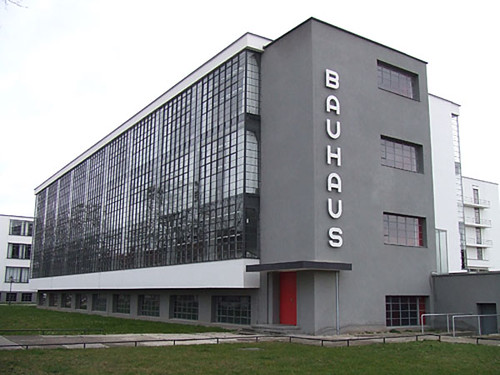

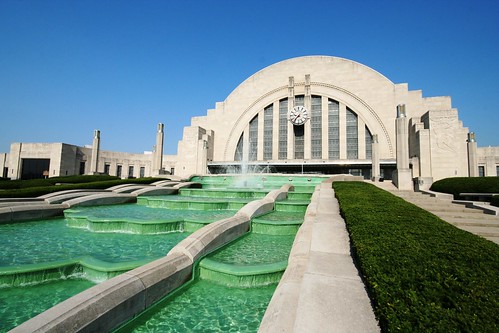

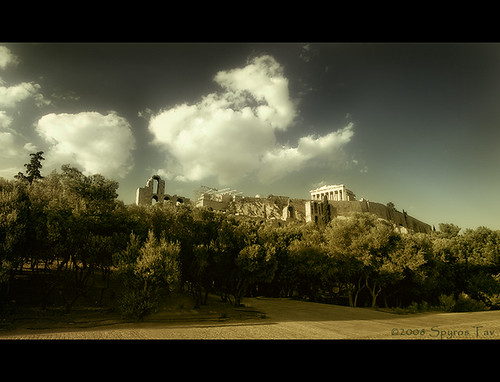
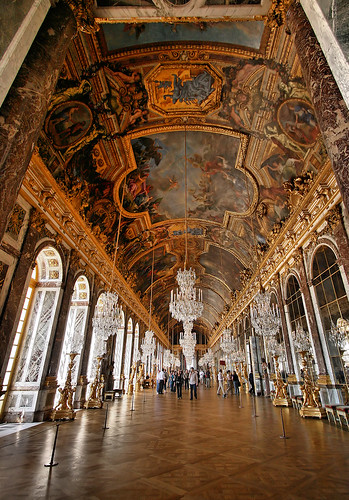

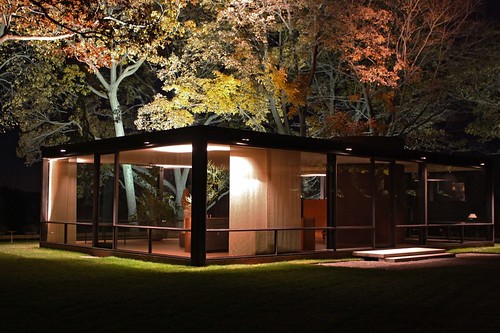





 With Ledoux' Saltworks complex he seemed to have a vision to create a whole town out of the complex. This way of building a city from a "corporate" establishment can be related to the Greek cities that first formed first from military camps. Ledoux designed the complex with sun in mind as the semicircle is cleared out so the sun can radiate about. Ledoux said "A good environment makes for a good human being" (unesco.org). With this complex it seems that architecture dictates the everyday life.
With Ledoux' Saltworks complex he seemed to have a vision to create a whole town out of the complex. This way of building a city from a "corporate" establishment can be related to the Greek cities that first formed first from military camps. Ledoux designed the complex with sun in mind as the semicircle is cleared out so the sun can radiate about. Ledoux said "A good environment makes for a good human being" (unesco.org). With this complex it seems that architecture dictates the everyday life. 
 ‘Reflections’ is most emulated in the idea of stylistic junctions and conflicts between ancient revivals and modern materials through France, England, and the newly reformed United States. I think this section is called reflections because the nations looked back to the past for revivals and ideas for future designs, the reintroduction of the Gothic style, the interest in foreign merchandise from trade routes, and the iron and class combinations all helped to spur changes and junctions between styles.
‘Reflections’ is most emulated in the idea of stylistic junctions and conflicts between ancient revivals and modern materials through France, England, and the newly reformed United States. I think this section is called reflections because the nations looked back to the past for revivals and ideas for future designs, the reintroduction of the Gothic style, the interest in foreign merchandise from trade routes, and the iron and class combinations all helped to spur changes and junctions between styles. Artifacts of influence in this junction of design styles and ideas appear as trade goods of foreign cultures such as Asian influence clothing and china ware, and the plans from ancient designs. When the trade route from Asia to Europe opened a whole new influx of ideas and inspirations appeared and was appealing to the people of Europe as the designers of both nations attempted to design in a new way. Asian countries were changing up designs from their own china and goods to be more appealing to the traders of Europe while still giving away a little of their design flair. A term, used especially from the inspiration of Japanese trade and woodblock art was called Japonisme.
Artifacts of influence in this junction of design styles and ideas appear as trade goods of foreign cultures such as Asian influence clothing and china ware, and the plans from ancient designs. When the trade route from Asia to Europe opened a whole new influx of ideas and inspirations appeared and was appealing to the people of Europe as the designers of both nations attempted to design in a new way. Asian countries were changing up designs from their own china and goods to be more appealing to the traders of Europe while still giving away a little of their design flair. A term, used especially from the inspiration of Japanese trade and woodblock art was called Japonisme. Space was an important idea to the English, especially when talking about landscaping in the early part of Reflections, based on the classical ideas of Palatio: Indigo Jones and John Vanbrugh re-worked the idea of landscape architecture with the Queen’s House and landscapes of Castle Howard. The English idea was to use the natural part of nature to create beauty in design rather then make nature more ornate then it really was. This less formal idea was a junction in that is transferred the idea of ornate gardens that were ostentatious to the beauty of nature itself.
Space was an important idea to the English, especially when talking about landscaping in the early part of Reflections, based on the classical ideas of Palatio: Indigo Jones and John Vanbrugh re-worked the idea of landscape architecture with the Queen’s House and landscapes of Castle Howard. The English idea was to use the natural part of nature to create beauty in design rather then make nature more ornate then it really was. This less formal idea was a junction in that is transferred the idea of ornate gardens that were ostentatious to the beauty of nature itself. Buildings such as the Crystal Palace and many other buildings of “Glass and Iron” were junctions in how everyone thought about design from the building materials all the way down to the building forms themselves. Everyone was so used to the idea of concrete, stone, and other past building materials that it was a major culture shock to use the new materials that interfered with the ways of thinking about Design.
Buildings such as the Crystal Palace and many other buildings of “Glass and Iron” were junctions in how everyone thought about design from the building materials all the way down to the building forms themselves. Everyone was so used to the idea of concrete, stone, and other past building materials that it was a major culture shock to use the new materials that interfered with the ways of thinking about Design.